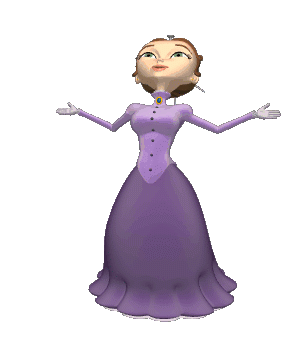
The Reading Hut®
"On a mission to inspire every child to read, learn, and find joy in words. To achieve this, we must stop making learning to map words so difficult for so many."

Speech Sound Mapping with the Monster Spelling Piano app
The SSP Spelling Piano app, developed in Australia a few years ago, will be replaced with an even better app in August!
In addition to all the Grapheme-to-Phoneme correspondences taught within a systematic phonics program and tested within the Phonics Screening Check, there will be over 150 high-frequency words to map orthographically and store in the orthographic lexicon (brain word bank).
If children in reception/prep have access to this at home on tablets, they will reach the expected targets for the end of Year 1 in half the time. Why? It also addresses poor phonemic awareness—the leading cause of reading difficulties.
The new Monster Spelling Piano app will be launched in time for the new UK academic year. It is ideal for kids in Australia who are halfway through the year and aren’t yet sure of letter names or phonics. Tell parents about it, and they will help you boost that end-of-year data.
This app is in addition to the fabulous—groundbreaking!—Innovate UK-funded tech, which schools around the world will be able to license. Children can see the spelling of any word and also transition from ‘decoding’ to sight word reading in half the time (orthographic mapping theory in action).

Miss Emma in Speech Sound Cloud Land very excited for the children about the tech we are developing!




The SSP Spelling Piano for Tablets is still available, but is being rebuilt to include high frequency words!
The Speech Sound Pics (SSP) Approach 'Spelling Piano' app is neuro-inclusive tech designed for children to learn the mapping of 100 or so commonly used Grapheme to Phoneme Correspondences (GPCs) tested in the Year 1 Phonics Screener Check. Originally developed by Miss Emma to over-come the phonemic awareness deficits dyslexic learners face. It's fun for all! A 'Speech to Print' AND 'Print to Speech' Approach is taken. Soon even better!


.png)

